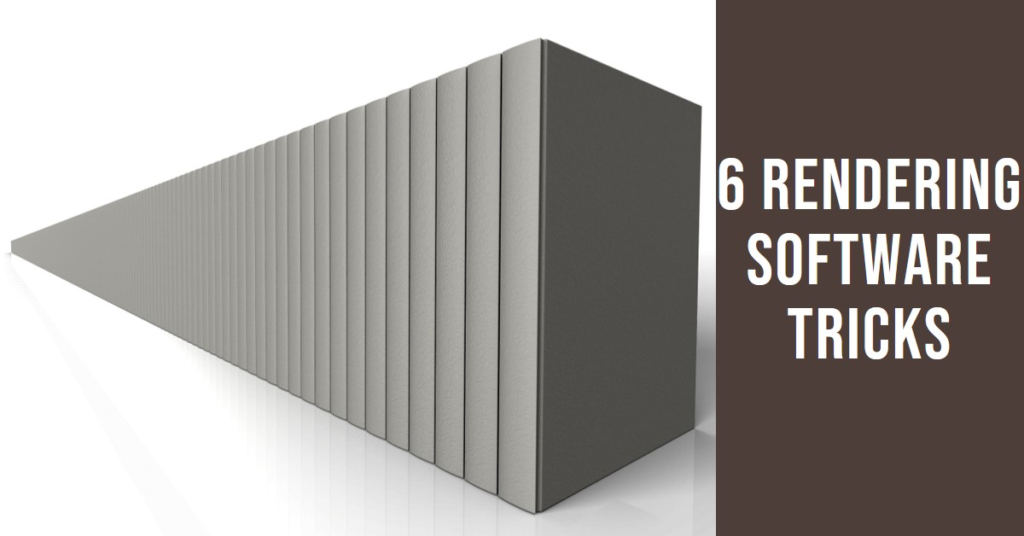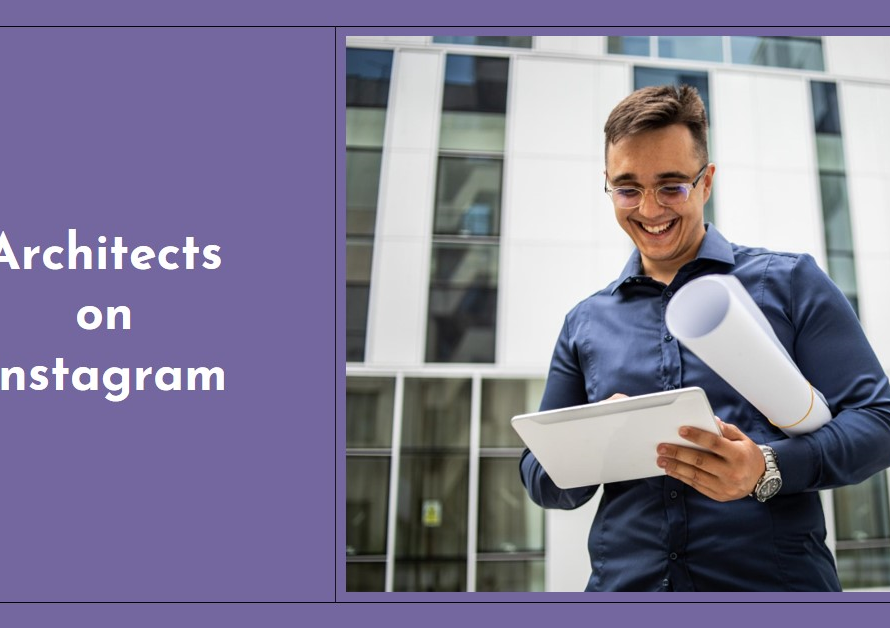
Table of Contents
Collaborating with a 3D interior design team can be a rewarding experience for clients seeking to bring their spaces to life with creativity and functionality. However, understanding certain aspects from the perspective of the design team can foster smoother communication, mutual respect, and successful project outcomes. In this insightful blog post, we’ll explore six key insights that 3D interior design teams would like clients to know, providing valuable perspectives for a harmonious and productive design journey.
1. Design Process Takes Time: Embracing Quality Over Speed Interior Design
One crucial aspect that clients should understand is that the design process, especially for intricate interior spaces, takes time to unfold. Design teams prioritize quality, creativity, and functionality, which require careful planning, conceptualization, and refinement. Rushing through design phases can compromise the overall vision and result in subpar outcomes.
Clients can support the design process by providing comprehensive briefs, clear objectives, and realistic timelines. Understanding that iterations, revisions, and approvals are integral parts of the creative journey allows both clients and design teams to collaborate effectively towards achieving exceptional interior designs that align with expectations and functional requirements.
2. Clear Communication is Key: Articulating Preferences and Feedback
Effective communication forms the backbone of successful collaborations between clients and design teams. Clients are encouraged to articulate their design preferences, aesthetic tastes, functional needs, and budget constraints clearly from the outset. Providing visual references, mood boards, or examples of desired styles helps designers grasp the client’s vision accurately.
Equally important is providing constructive feedback during design presentations and milestone reviews. Specific and detailed feedback enables design teams to make informed adjustments, refine concepts, and address any concerns promptly. Open channels of communication foster transparency, trust, and alignment throughout the design process, leading to cohesive and satisfying design outcomes.
3. Trust in Professional Expertise: Leveraging Design Team’s Skills
Clients entrust their interior design projects to skilled professionals for a reason – expertise, creativity, and industry knowledge. Design teams bring years of experience, technical proficiency, and creative insights to the table, offering innovative solutions, design trends, and material recommendations that align with project goals and aesthetics.
Clients are encouraged to trust in the design team’s expertise while sharing their visions and expectations openly. Collaboration based on mutual respect, trust, and shared goals fosters a synergistic creative process, where designers can leverage their skills to translate ideas into captivating interior spaces that exceed client expectations.
4. Budget Realities Influence Design Choices: Balancing Aspirations and Costs
Design teams strive to create inspiring interiors while respecting client budgets and project constraints. Clients should understand that material choices, design complexity, and customization levels directly impact project costs. Design teams aim to strike a balance between design aspirations and budget realities, offering creative solutions, alternative materials, and value-engineering options where necessary.
Transparent discussions about budget allocations, cost implications of design choices, and project priorities enable informed decision-making and realistic expectations. Design teams appreciate clients who are open to exploring cost-effective alternatives, phased implementations, or prioritized design elements to achieve desired aesthetics within budgetary constraints.
5. Flexibility Facilitates Creativity: Embracing Design Evolution
Interior design is an iterative and evolving process, where ideas evolve, concepts mature, and designs adapt to feedback and changing requirements. Clients who embrace flexibility and adaptability during the design journey contribute to a collaborative and dynamic creative environment.
Design teams value clients who are open to exploring new ideas, design iterations, and creative solutions that enhance project outcomes. Flexibility in timelines, minor adjustments during implementation, and creative brainstorming sessions foster innovation, problem-solving, and ultimately, exceptional interior designs that resonate with the client’s vision and functional needs.
6. Value of Pre-visualization Tools: Harnessing 3D Renderings for Clarity
In the realm of interior design, 3D visualization tools play a pivotal role in bridging the gap between concepts and reality. Design teams utilize advanced 3D rendering software to create realistic visualizations, mood boards, and virtual walkthroughs that provide clients with a clear vision of proposed designs before implementation.
Clients benefit significantly from pre-visualization tools as they can visualize spatial layouts, material finishes, lighting scenarios, and furniture placements with precision and clarity. Detailed 3D renderings enable informed decision-making, design refinement, and early identification of design preferences, ensuring that the final interiors align closely with client expectations and design intents.
7. Collaboration Enhances Design Outcomes: Engaging in Constructive Dialogues
Successful interior design projects thrive on collaborative efforts and constructive dialogues between clients and design teams. Clients who actively engage in discussions, share inspirations, provide feedback, and participate in design reviews contribute to enriched design outcomes and project success.
Design teams value collaborative partnerships where ideas flow freely, design visions align, and mutual respect guides the creative process. Regular communication, scheduled design reviews, and open-mindedness to design suggestions and refinements create a dynamic and productive working relationship that translates into stunning, personalized interior spaces that reflect the client’s personality, lifestyle, and aspirations.
8. Design Intent Vs. Real-world Constraints: Navigating Practicality and Aesthetics
Interior design is a delicate balance between design intent and real-world constraints such as space limitations, building codes, structural considerations, and functional requirements. Clients should understand that design decisions often involve trade-offs between aesthetic aspirations and practical considerations.
Design teams navigate these complexities by prioritizing design elements that align with both visual appeal and functional feasibility. Clients who appreciate the importance of balancing design intent with real-world constraints contribute to cohesive, harmonious interiors that not only look beautiful but also function seamlessly in everyday life.
9. Timely Decision-making Streamlines Projects: Maximizing Efficiency
Timely decision-making is crucial in keeping interior design projects on track and within specified timelines. Clients are encouraged to review design proposals, material selections, and layout options promptly to avoid project delays and cost overruns due to prolonged decision-making processes.
Design teams rely on client approvals, material confirmations, and design sign-offs to progress through project phases efficiently. Clear communication regarding decision-making timelines, milestones, and project dependencies fosters a collaborative workflow that maximizes project efficiency and ensures timely project deliveries with optimal results.
10. Long-term Vision and Sustainability: Designing for Future Success


Designing interior spaces goes beyond immediate aesthetics; it involves envisioning long-term functionalities, user experiences, and sustainability considerations. Clients who embrace sustainability goals, energy-efficient designs, and durable material choices contribute to environmentally responsible design practices and future-proofed interiors.
Design teams integrate sustainable design principles, green building materials, and energy-efficient solutions into their designs, promoting eco-conscious living and long-term cost savings for clients. Collaborative discussions on sustainability goals, maintenance requirements, and lifecycle assessments empower clients to make informed decisions that align with their values and contribute to a greener, healthier built environment.


